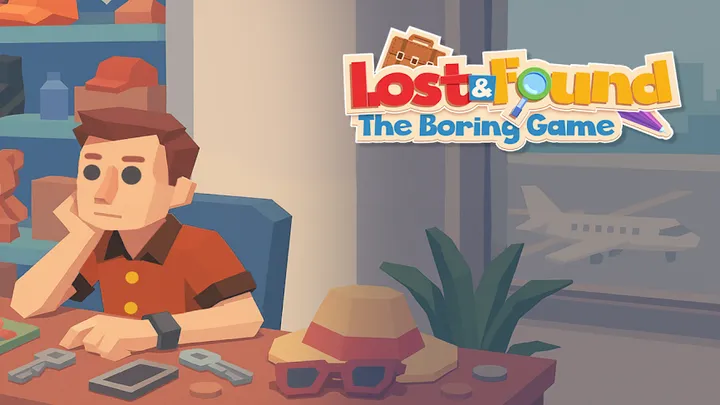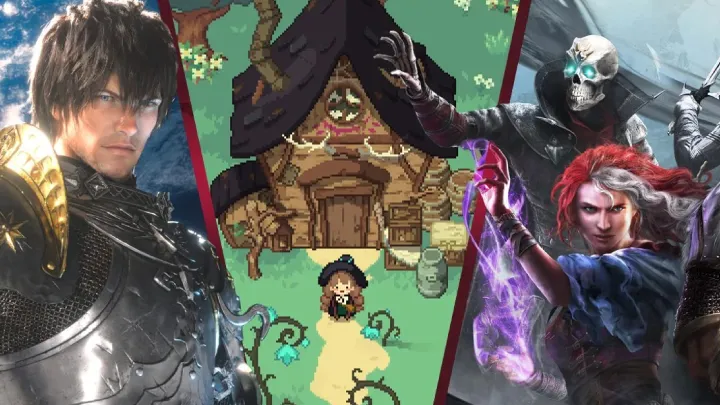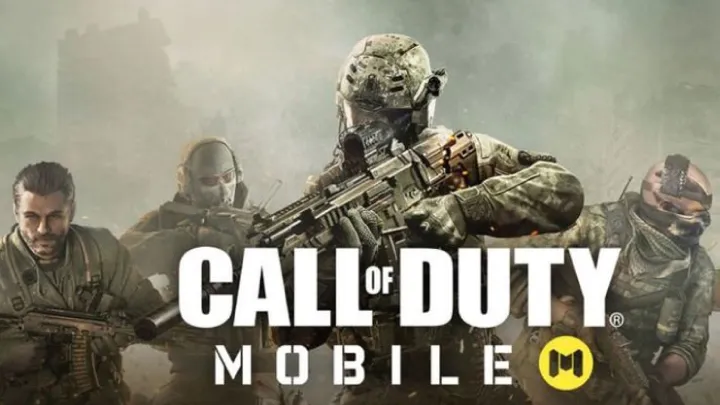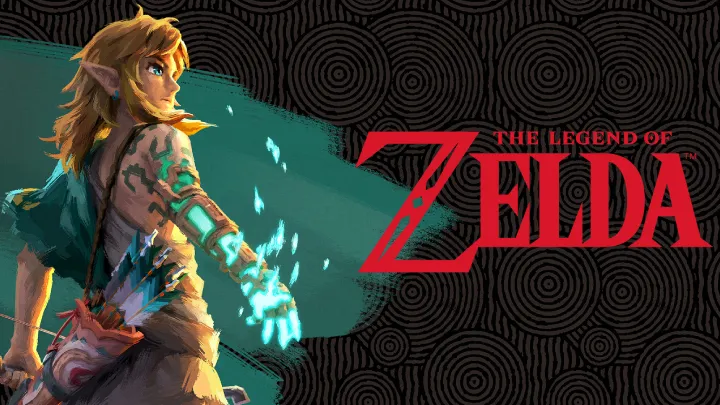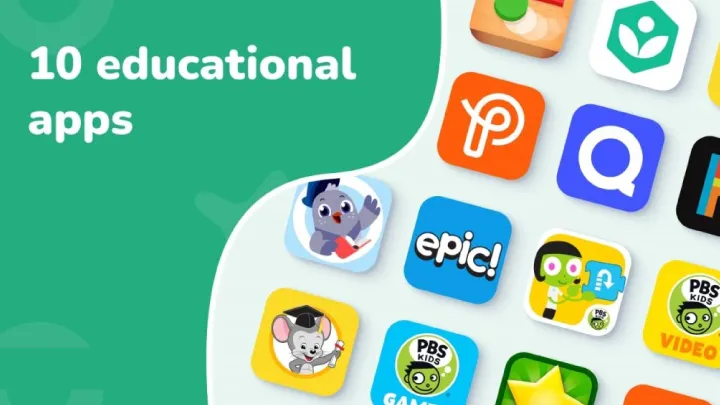Indie games have long been a source of innovation, but one of their greatest strengths lies in storytelling. Without the weight of big publishers dictating formulas, indie developers often take risks, experimenting with narratives that leave a lasting impression. From emotional journeys to unique world-building, narrative-driven indie games immerse players in meaningful ways, proving that you don’t need blockbuster budgets to tell unforgettable stories.
The Rise of Narrative-Driven Indie Games
In the past decade, indie games have transformed the gaming industry. Platforms like Steam, Itch.io, and the Nintendo eShop have given small studios visibility and players unprecedented access. As graphics and production values became more accessible, developers shifted their focus to storytelling and atmosphere, creating experiences that resonate on a personal level.
Celeste – A Journey of Self-Discovery
Celeste is more than just a platformer; it’s a touching exploration of mental health and perseverance. Players guide Madeline as she climbs a mountain, battling both physical obstacles and inner struggles. Its dialogue, symbolism, and personal themes elevate it into a masterpiece of emotional storytelling.

Undertale – Breaking RPG Traditions
Undertale revolutionized the RPG genre by offering players meaningful choices that directly impact the narrative. Whether you choose a pacifist or violent approach, the game adapts, weaving a story that reflects your morality. It’s a meta-narrative that challenges traditional gaming norms and delivers a memorable, emotional experience.

Oxenfree – Supernatural Mystery
With dialogue-driven gameplay and supernatural undertones, Oxenfree presents a group of teenagers exploring a mysterious island. Its real-time conversation system keeps interactions natural, making you feel truly connected to the characters as they uncover secrets about themselves and the world around them.
Firewatch – A Tale of Isolation
Set in the Wyoming wilderness, Firewatch is an exploration game where you step into the role of Henry, a fire lookout. Through radio conversations with your supervisor Delilah, you develop a bond filled with humor, tension, and vulnerability. Its minimalist design highlights how dialogue and emotion can drive a game.
Night in the Woods – Personal Growth and Change
Focusing on themes of identity, depression, and adulthood, Night in the Woods follows Mae Borowski as she returns to her hometown. Its hand-drawn art style and witty, heartfelt dialogue make it a standout among indie titles. It’s a slice-of-life story that resonates deeply with players facing similar struggles.
Conclusion
Narrative-driven indie games highlight the power of storytelling in interactive media. They prove that smaller studios can create as much impact—if not more—than AAA developers. Each of these games delivers a story worth experiencing, blending emotion and gameplay seamlessly.







